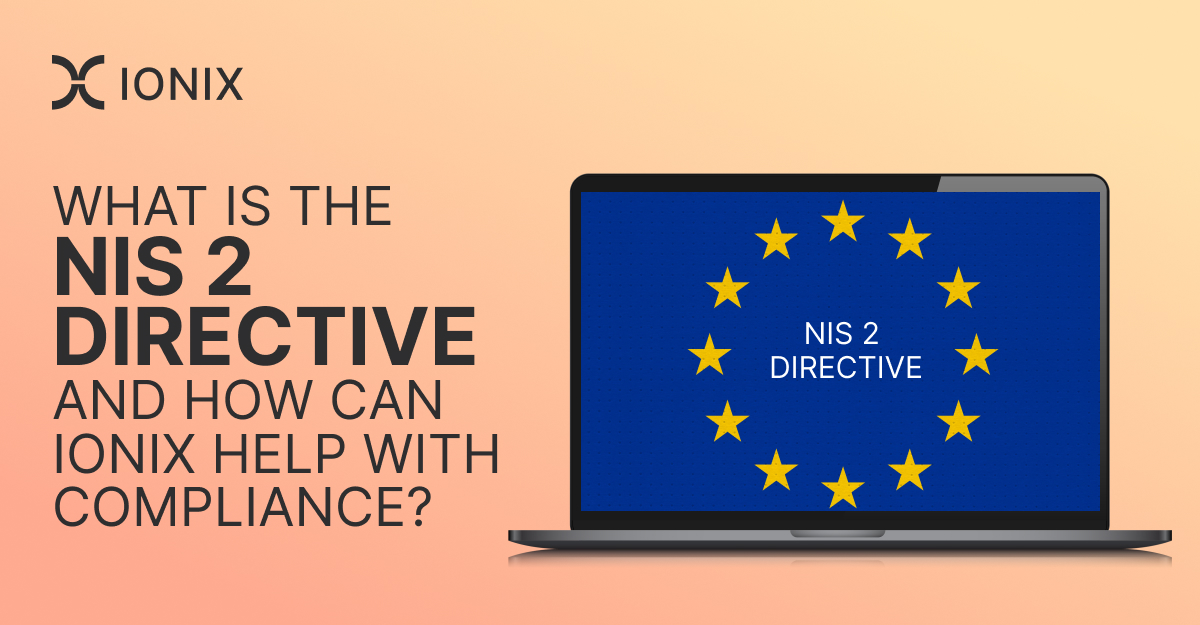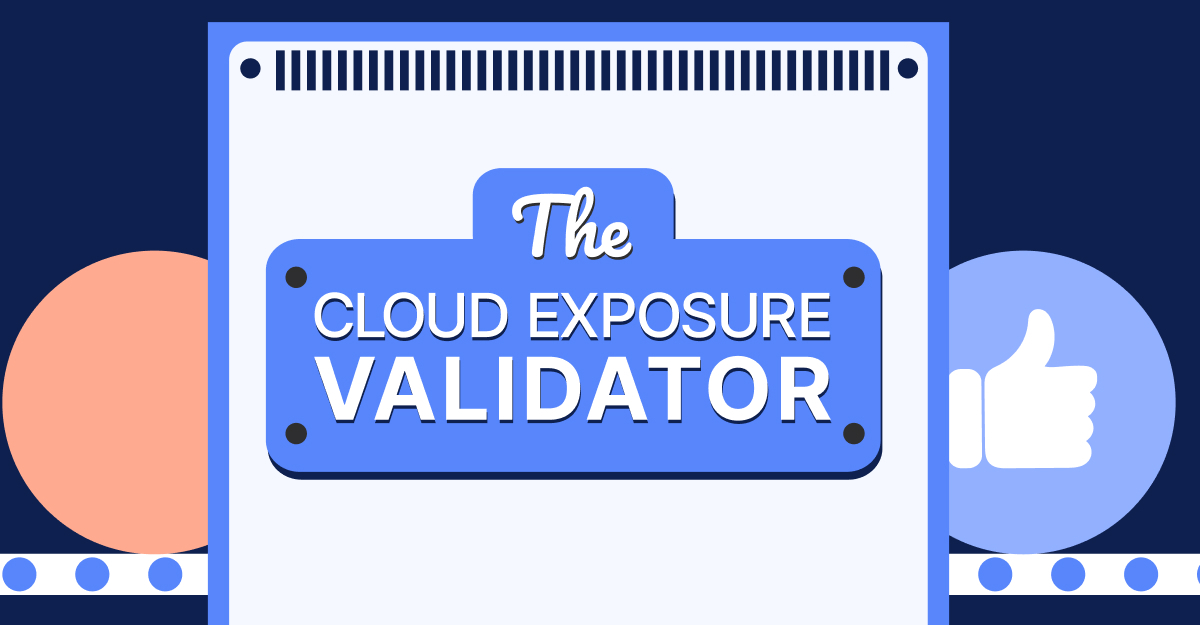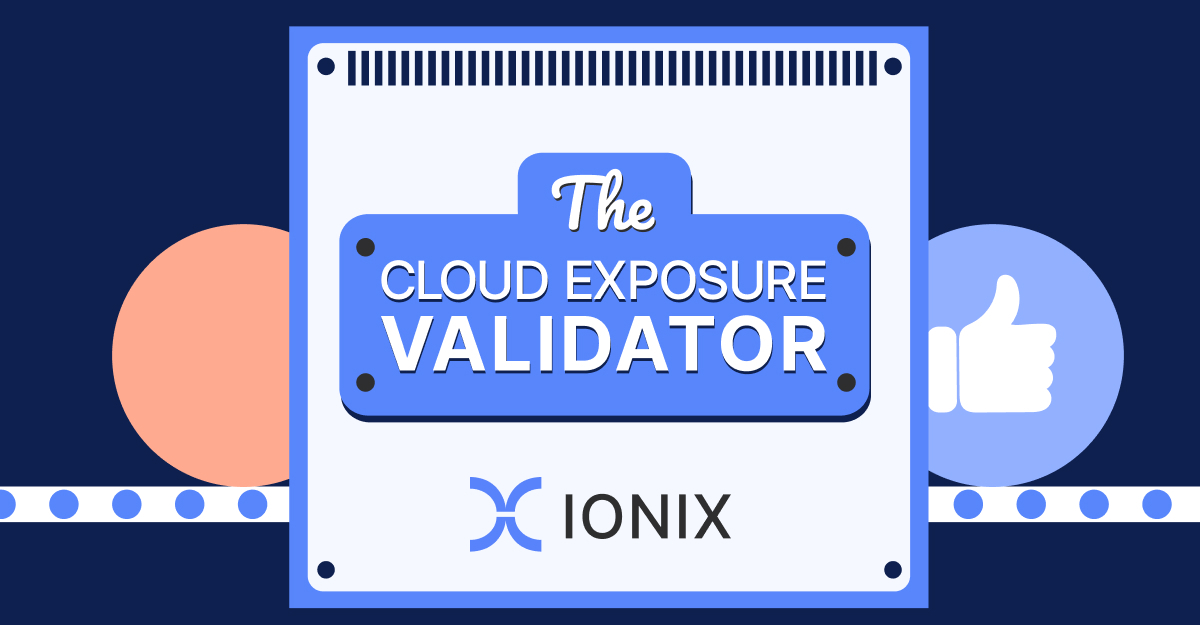Understanding the NIS 2 Directive

By expanding its scope and introducing modernized requirements, the new NIS 2 Directive challenges organizations to elevate their cyber preparedness. This article explores how the directive affects a wide range of sectors and the critical infrastructure within them, detailing the requirements for compliance and highlighting the key role that IONIX plays in supporting organizations in meeting these regulations.
In this article
What is the European Union NIS 2 Directive?
In the evolving landscape of cybersecurity compliance, the NIS 2 Directive establishes robust measures for companies across the European Union to maintain a high level of cybersecurity readiness. The directive was completed in December 2022 and requires that it be passed by each EU member state by October 17, 2024, and go into effect on October 18, 2024.
Understanding the NIS 2 Directive
The NIS 2 Directive (EU) 2022/2555 represents a significant milestone in EU-wide cybersecurity legislation aimed at maintaining a high level of cybersecurity across the European Union. With its expanded scope and modernized requirements, NIS 2 introduces new challenges for organizations striving to achieve compliance.
NIS 2 tightens the information security requirements for essential and important institutions, but also for their third parties and suppliers. NIS 2 contains new requirements for incident handling, risk management, security testing, and supply chain security.
Who Is Affected by NIS 2?
NIS 2 casts a wide regulatory net encompassing all entities, whether private or governmental, deemed essential and important. However, not every sector will be subject to NIS 2 compliance. The directive focuses on the providers of core (called ‘essential’ and ‘important’) services. Its aim is to ensure that common cyber security standards are met across member states, so that critical services are still available in the event of an attack.
NIS2 will impact the following sectors, which have been broken down into Essential and Important:
Essential Entities (Sectors of High Criticality)
- Energy – Electricity, District Heating and Cooling, Oil, Gas, Hydrogen
- Transport – Air, Rail, Water, Road
- Banking
- Financial Market Infrastructures
- Health
- Water – Drinking Water, Waste Water
- Digital Infrastructure
- ICT Service Management (B2B)
- Public Administration
- Space
Important Entities (Other Critical Sectors)
- Postal and Courier Services
- Waste Management
- Manufacture, Production and Distribution of Chemicals
- Production, Processing and Distribution of Food
- Manufacturing – Medical Devices, Computer Electronic or Optical Products, Machinery, Vehicles
- Digital Providers
- Research
Entities within these sectors play a pivotal role in the efficient functioning of society, relying on robust information and communication technology (ICT) infrastructure to maintain operations. Here’s a closer look at the range of essential industries and organizations affected by NIS 2 compliance:
- Energy
The energy sector is a foundational aspect of modern life, encompassing entities involved in power generation, transmission, and distribution. Ensuring the cybersecurity of these networks is critical to avoid disruptions that could impact entire regions.
- Transport
The transport sector includes air, maritime, road, and rail networks. These systems use ICT infrastructure for safety, navigation, and operations, making them vital targets for cyber resilience to prevent disruptions and maintain public safety.
- Banking
Banks and other financial institutions play an essential role in the global economy. Protecting their ICT systems helps safeguard financial data, transactions, and the stability of financial markets.
- Financial Market Infrastructures
Financial market infrastructures such as stock exchanges, clearinghouses, and payment systems are crucial for the smooth functioning of the financial system. Their ICT systems need strong protection against cyber threats to maintain market stability and trust.
- Drinking Water
Entities responsible for the treatment and distribution of drinking water are part of the essential services covered by NIS 2. Secure and reliable ICT systems are vital for ensuring a safe water supply for communities.
- Healthcare
Healthcare organizations, including hospitals and clinics, handle sensitive patient information and provide critical care services. Their reliance on ICT systems necessitates robust cybersecurity measures to protect patient data and ensure uninterrupted services.
- Digital Infrastructure
This includes internet service providers, data centers, and cloud service providers. Their systems form the backbone of digital communication and data storage, making their cybersecurity essential for the proper functioning of the digital economy.
- Select Digital Service Providers
Key digital service providers such as online marketplaces, cloud computing services, and search engines are also affected by NIS 2. These companies must comply with strict cybersecurity standards to protect their users and maintain the integrity of the digital space.
NIS 2 Requirements
The NIS 2 Directive establishes a comprehensive set of requirements to enhance cybersecurity resilience across critical sectors. These measures aim to protect critical infrastructure, promote cooperation among EU Member States, and encourage a culture of security across sectors crucial to the economy and society. Let’s take a closer look at the main requirements that organizations must fulfill under NIS 2:
Preparedness
- Establishing CSIRTs:
Member States must set up Computer Security Incident Response Teams (CSIRTs) to address and manage cybersecurity incidents effectively. These teams provide rapid response, support, and expertise to mitigate potential threats.
- Creating NIS Authorities:
National Network and Information Systems (NIS) authorities oversee the implementation of NIS 2, coordinating with other EU Member States to ensure compliance and strategic protection of critical infrastructure.
Cooperation
- Cooperation Group:
NIS 2 establishes a Cooperation Group composed of representatives from each Member State. This group facilitates strategic collaboration, sharing insights, best practices, and threat intelligence across borders to strengthen collective defense against cyber threats.
Culture Shift
- Promoting Security Awareness:
NIS 2 mandates the creation of a culture of security across sectors such as energy, transport, water, banking, financial market infrastructures, healthcare, and digital infrastructure. This includes fostering awareness of cybersecurity best practices and encouraging organizations to prioritize cyber resilience.
At an even more specific level, NIS 2 requires organizations that operate critical infrastructure in the EU to implement various measures:
- Cyber Risk Analysis: Organizations must conduct comprehensive risk assessments to identify potential threats and vulnerabilities within their networks and information systems.
- Incident Response: Implementing efficient incident response protocols allows organizations to quickly detect, respond to, and recover from cybersecurity incidents.
- Business Continuity Planning: NIS 2 mandates the creation of robust business continuity plans to ensure operations can continue despite disruptions or cyber incidents.
- Network Security: Adequate network security measures are essential, although NIS 2 does not specify exact designs. Organizations must tailor their security measures based on their resources and threat landscape.
- Cyber Hygiene Best Practices: Organizations must follow best practices to maintain strong cybersecurity hygiene, such as regular software updates and patch management.
- Authentication and Authorization: Implementing strong authentication and access control mechanisms helps protect information systems and restrict unauthorized access.
While NIS 2 provides high-level objectives, it leaves organizations the flexibility to determine how best to meet these requirements based on their unique needs and challenges. The overarching goal is to secure networks and information systems, enhance incident response capabilities, and establish robust risk management strategies to fortify the EU’s critical sectors against cyber threats.
NIS 2 or DORA?
Which EU-focused directive takes precedence, NIS 2 or DORA?
According to the NIS 2 Directive, the provisions of DORA relating to information and communication technology (ICT) risk management, management of ICT-related incidents and major ICT-related incident reporting apply instead of similar directives provided by NIS 2 Directive. According to the Directive, “Member States should therefore not apply the provisions of the NIS 2 Directive on cybersecurity risk-management and reporting obligations, and supervision and enforcement, to financial entities covered by DORA.”
NIS 2 is a European Directive not a regulation, so it must be voted into the national law of each EU Member State before it needs to be applied. Each country must pass the Directive by October 2024. Alternatively, DORA is a European Union Regulation. It will be applicable as it stands in all EU countries from January 17, 2025.
How IONIX Supports NIS 2 Compliance
IONIX offers a comprehensive suite of solutions designed to help organizations achieve and maintain NIS 2 compliance:
- Expanded Scope Coverage
IONIX’s expertise extends across all sectors affected by the NIS 2 Directive, including both essential and important entities in areas such as energy, transportation, banking, healthcare, and digital infrastructure. Its solutions are designed to address the specific cybersecurity needs of each sector, providing tailored approaches to compliance and risk management.
- Risk Management
With thorough risk assessments, IONIX identifies vulnerabilities and potential threats to organizations’ networks and information systems. Its advanced technologies prioritize risks based on severity, allowing organizations to focus on addressing the most critical vulnerabilities first.
IONIX’s Active Protection technology scans digital supply chains, including assets outside the organization’s direct control, to automatically detect and neutralize risks such as unsecured cloud storage or dangling DNS records. This proactive approach enhances overall risk management and strengthens cyber defenses.
- Incident Response
IONIX’s continuous monitoring capabilities enable real-time detection and response to security incidents. By integrating seamlessly with incident response workflows, the platform ensures swift and efficient reactions to incidents, aligning with NIS 2’s strict reporting requirements.
The ability to quickly contain and mitigate threats minimizes disruption and damage, supporting organizations in maintaining operational continuity and resilience in the face of cyber threats.
- Compliance Automation
IONIX simplifies compliance with NIS 2 by mapping its requirements to specific risk management controls. Automated data collection and reporting functionalities help streamline compliance processes and reduce administrative overhead.
The platform ensures accurate, timely reporting to regulators and authorities, supporting organizations in meeting NIS 2’s obligations and demonstrating their commitment to cybersecurity.
- Collaboration and Communication
IONIX promotes collaboration among stakeholders through centralized dashboards and reporting tools. These features enhance communication and coordination during incident response and facilitate information sharing and knowledge transfer among team members and across organizations.
By fostering a culture of collaboration, IONIX helps organizations strengthen their collective defenses and improve their overall cybersecurity resilience.
Conclusion
In the ever-evolving landscape of cybersecurity regulations, compliance with NIS 2 is imperative for organizations operating in the European Union. IONIX serves as a strategic ally in this journey, offering a comprehensive suite of tools and services to support NIS 2 compliance efforts. By leveraging IONIX capabilities, organizations can enhance their cybersecurity resilience and ensure compliance with regulatory requirements, safeguarding their operations and reputation in an increasingly digital world.






